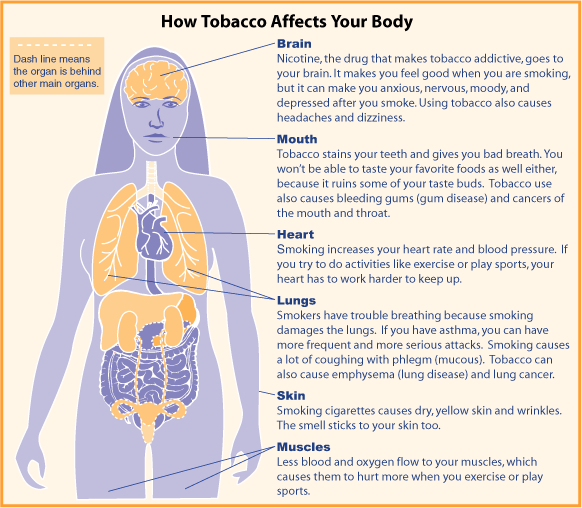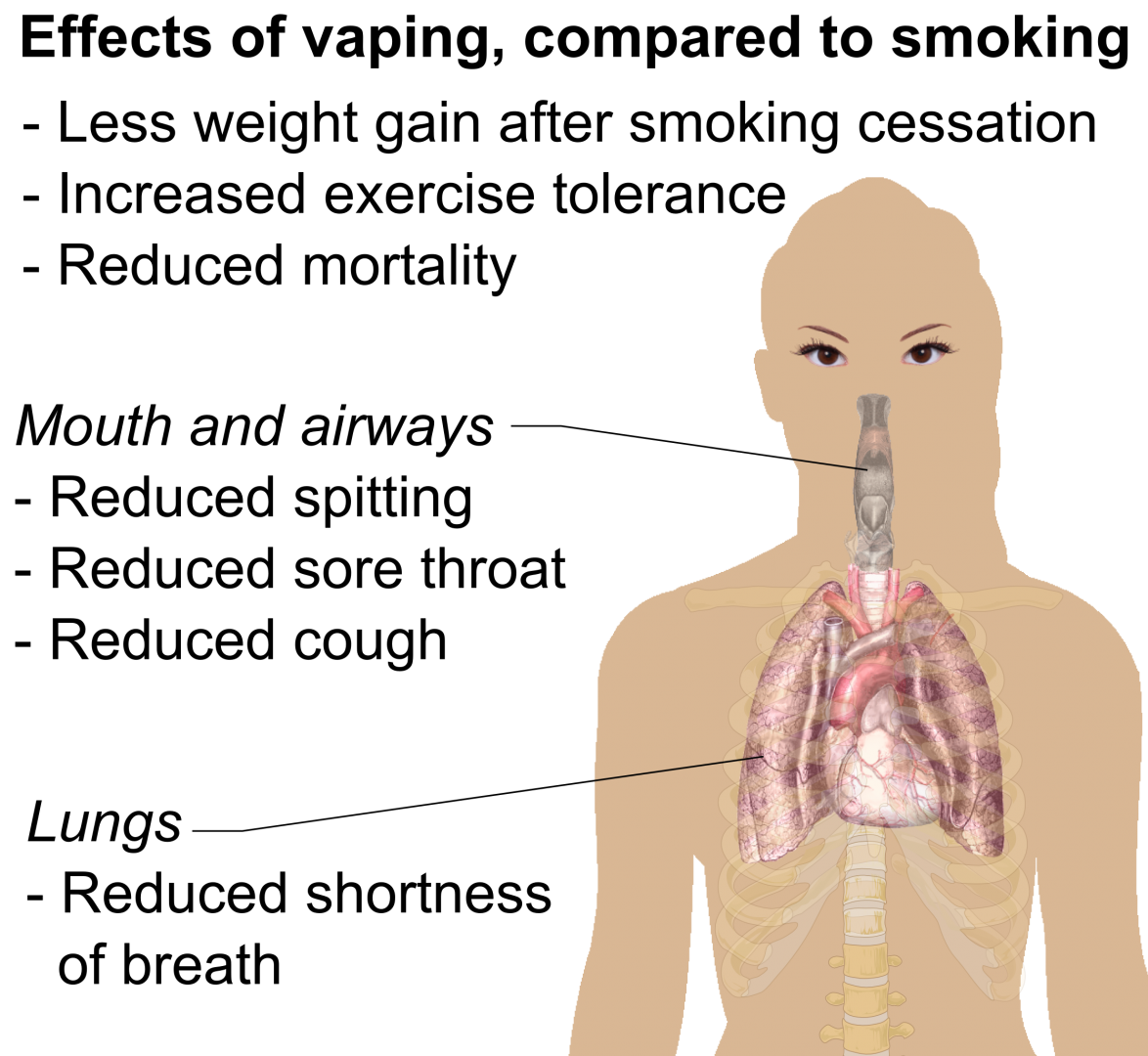There are multiple numbers of drugs already in this world, and unfortunately, there are new drugs being created every day. The best we can do to prevent people from taking these drugs besides advising them not to is to make them aware of the dangers that these drugs cause. On the following page, you will find information about the most common drugs, on today’s streets.
Alcohol
Did you know alcohol is a drug? It is a depressant that affects the central nervous system and it can be just as harmful to you as illegal drugs. It affects virtually every organ in the body and chronic use can lead to numerous preventable diseases, including alcoholism. Today, alcohol is the most widely used and abused drug by teens.
Short Term
Alcohol misuse can lead to the following short term effects: initially decreased blood pressure; it thins the blood; it can lead to impotence; overuse can lead to vomiting and unconsciousness.
Long Term
Cirrhosis of the liver, mouth and throat cancer, gastritis, pancreatic, weakened muscle fiber, memory loss, alcohol dependence, and death.
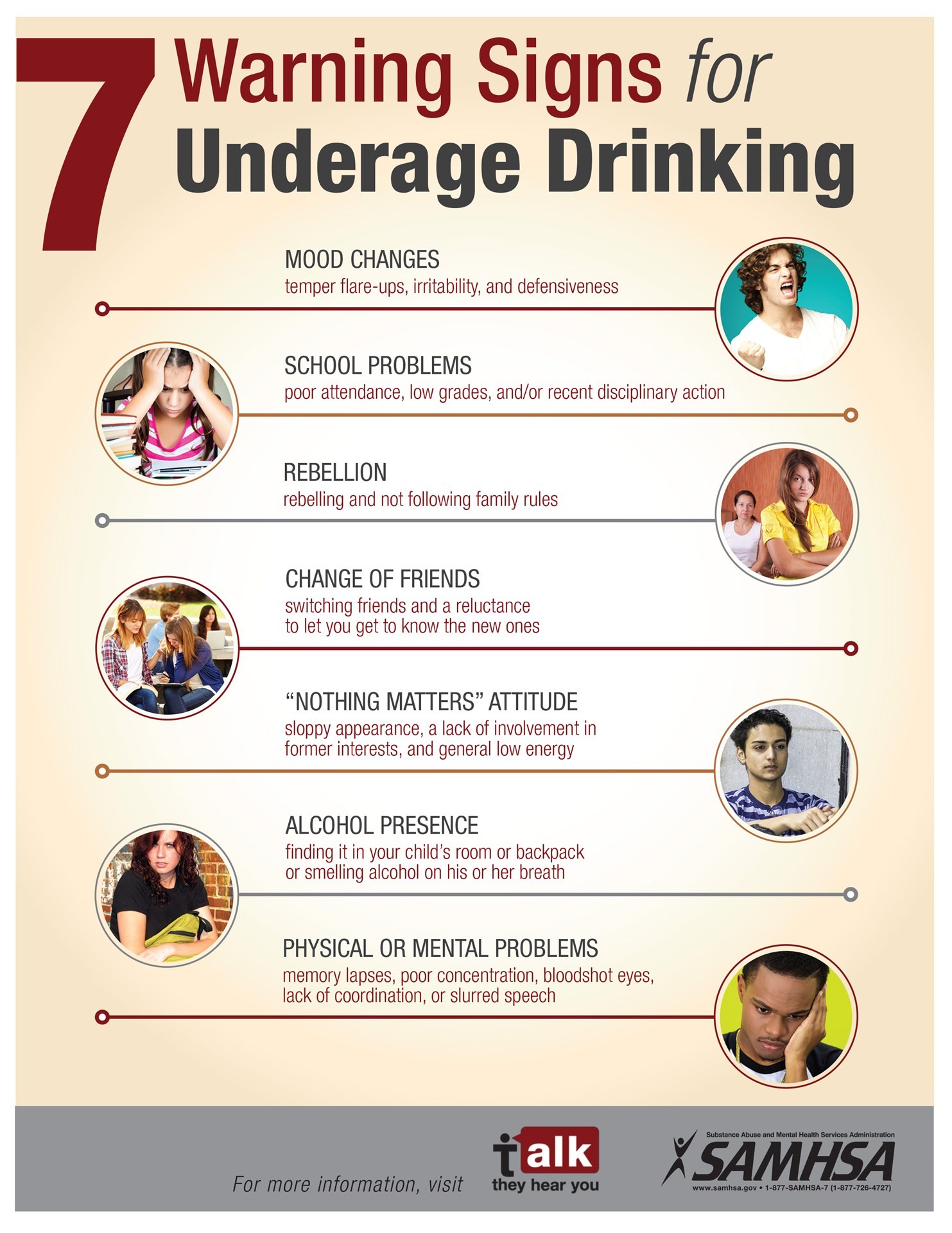 |
|
Teenagers can rapidly become addicted to alcohol because a young person’s liver metabolizes alcohol faster than an adult’s. Teens may build up a tolerance to the drug, needing more and more alcohol to achieve the same effect.
Cocaine
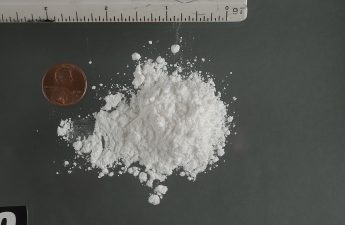
Description
Cocaine is classified as a Central Nervous System Stimulant. It speeds up most of the body’s systems. Immediate effects include feelings of alertness and excitement, along with talkativeness and decreased appetite.
Because cocaine is such a powerful stimulant it gives the user the illusion of limitless power and energy; however, it will leave the user feeling depressed, edgy and craving more cocaine.
Cocaine is also known as coke, snow, flake, or blow. Cocaine in powder form is usually “snorted” into the nostrils.
Some Cocaine users spend thousands of dollars to support their habit.
Cocaine is highly addictive and dangerous.
Cocaine is often combined with kitchen products to increase its impact. So cocaine users risk using an impure product.
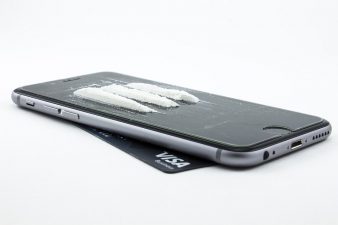
Short Term Effects
The short term effects appear soon after a single dose and disappear within a few minutes or hours. These physical effects include:
- Accelerated heartbeat and breathing
- Increased blood pressure
- Increased body temperature
- Euphoric feelings
- Increased energy
- Increased mental alertness
- Dispels the need for food or sleep
Long Term Health Risks
By using cocaine you risk:
- Increases in blood pressure, heart rate, breathing rate, and body temperature.
- Heart attacks, strokes, and respiratory failure
- Overdose. Even one dose can be fatal
Ecstacy
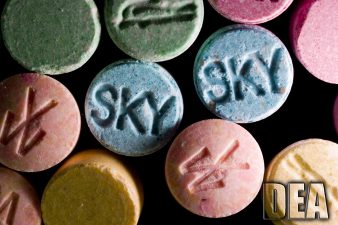
Ecstasy is a central nervous system stimulant. It speeds up the processes of the central nervous system. Primarily, it affects the brain which is the control centre for all our thoughts, actions, and sensations.
An ecstasy user will not sense hunger or fatigue.
When the ecstasy high wears off the user will become severely depressed and very tired.
Risks Ecstasy Users Take:
As with most drug use, there is a certain amount of risk the user takes; the same can be said for ecstasy use.
Here are some of the risks ecstasy users take:
- Possibility of a “bad trip” or a less than enjoyable experience Psychological dependence and
tolerance may develop - Drug sellers may deceive users wishing to buy ecstasy. A wide range of products have been passed off as ecstasy
- Severe dehydration. Some users don’t notice how tired they are from the drug’s stimulating effects. Their body temperatures continue to rise and they continue to strain their muscles; thus putting them at high risk for dehydration or organ failure.
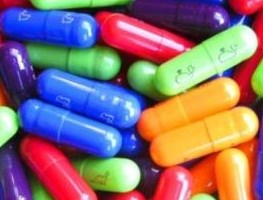
An ecstasy “high” last between 4-7 hours. When the ecstasy user “crashes” he/she will become severely depressed and tired. As ecstasy effects the brain, coordination, and vision are impaired making it impossible to drive a motor vehicle.
Ecstasy Effects
The short term effects take between 20 minutes to one our to appear after swallowing the pill or capsule.
Initial effects include:
- Dry mouth
- Dilated pupils
- Tingling sensation
- Increased blood pressure
- Increased heart rate
Fentanyl
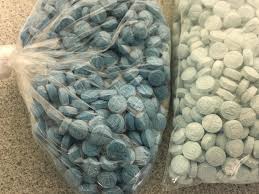
The problem
Fentanyl and opioids combined with fentanyl have been implicated in a rash of drug overdoses in recent weeks, including four deaths in Vancouver and as many as eight deaths in Greater Victoria. All of the victims in Victoria were experienced drug users, according to the coroner. At least some of the fentanyl in circulation has been made to look like other more desirable drugs. A recent armed robbery at a pharmacy may have added to the amount of fentanyl in Vancouver’s recreational drug market.
The stats
The Canadian Centre on Substance Abuse says there were more than 1,000 drug poisoning deaths in Canada involving fentanyl between 2009 and 2014.
The quote
“Most of the addicts that I see who have fentanyl in their urine think they are using heroin or some other drug; they don’t know they are using fentanyl,” said Dr. Evan Wood, an addiction specialist at St. Paul’s Hospital. “That’s what makes it so dangerous.”
A knockout drug
Fentanyl is a potent synthetic opioid usually used in hospital settings for sedation during medical procedures when the doctor doesn’t want the patient to move. Because it is “fast on and fast off,” it doesn’t produce the same long-lasting pleasure that heroin does, according to Wood.
Dangerously potent
Although Fentanyl is 100 times stronger than morphine, it is not sought by addicts as a recreational drug.
“The nuance to that is no one is intending to take a drug 100 times stronger than morphine, so that conversation is irrelevant,” said Wood.
Fentanyl is frequently used to make counterfeit OxyContin or Percocet pills, which are sought by people addicted to prescription opioids. When fentanyl is manufactured or packaged in clandestine labs run by organized crime gangs, the dosage is difficult to get right.
“A difference of just a few micrograms can be the difference between a fatal overdose and the desired effect,” he explained.
Where it comes from
Fentanyl in the Canadian medical system is usually embedded in skin patches. The fentanyl distributed in the illicit drug trade is imported in powder form — probably from China — and pressed into pills, according to epidemiologist Jane Buxton of the BC Centre for Disease Control.
OxyContin was reformulated by the pharmaceutical industry to prevent abuse by addicts, which has given rise to a market for old-style OxyContin, which are often fentanyl-based fakes.
Hallucinogens
What are they?
Hallucinogens are drugs that change a person’s mental state to the point where their senses are affected. Hallucinogens include a wide variety of substances including angel dust, magic mushrooms, LSD, or acid.
Immediate Behavior Effects
- Change in mood
- Change in perception (vision/hearing etc.)
- Panic due to loss of control
- Unpredictable behavior
- Violent behavior
- Anxiety
- Bad trips or unpleasant episodes may
occur with the use of this drug - Flashbacks where the user re-
experiences the effects of bad trip days,
weeks, or years after the use of the drug
Long Term Effects
- Brain Damage
- Impaired memory and poor attention
span - Permanent personality change
- Suicide
- Death
Immediate Physical Effects
- Increased heart rate and blood pressure
- Lack of muscular control
- Incoherent speech
- Decreased awareness of touch and pain that can result in self-inflicted injuries
- Convulsions
Heroin
What is Heroin?
Heroin is a semi-synthetic narcotic that’s been around just a little longer than the 20th century’s been around. Today heroin is becoming more and more popular among teens. Heroin can be used in a number of ways. The drug can be injected, snorted, smoked or swallowed. The effects of heroin are almost instantly felt and last from 3 to 4 hours. Once the drug is in the body the user is hooked, requiring a continuous increase of the drug just to take off the edge.
This increase in the dosage can lead to an overdose and even death. While addiction to heroin is physiological – involving the central nervous system and other body systems affected by the drug – it also involves a strong psychological component, which can continue to make life difficult for ex-user months or years after the physical craving for the drug has gone.
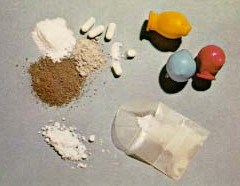
Short Term:
- Diarrhea and severe cramps
- Insomnia
- Possible needle infection
- Decreased heart rate and respiration rates
- Decreased in body temperatures and blood pressure
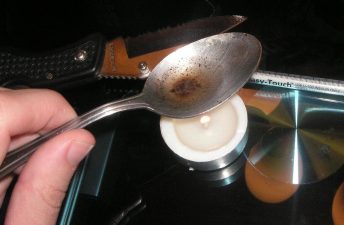
Long Term:
- Coma and brain damage
- Constipation
- Muscle deterioration
- Possible needle infection
- Physical and psychological addiction
Inhalents
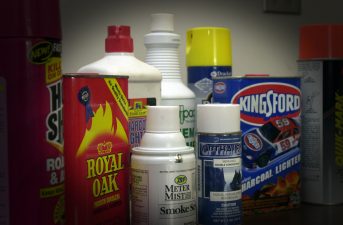
They’re all over your house. They’re in your child’s school. In fact, you probably picked some up the last time you went to the grocery store. What are they? Inhalants. They are fast becoming the drug of choice for young people.
What is Inhalant Use?
Inhalant use refers to the intentional breathing of gas or vapors with the purpose of reaching a high. Inhalants are legal products available in most grocery or hardware stores. Inhalants have a useful purpose but are dangerous when misused. Inhalant use is often referred to as huffing.
What Products Are Used As Inhalants?
You will be surprised at the number of products which can be used as an inhalant. Here is a list in which can be found in your home and garage.
- Adhesives such as model airplane glue, rubber cement.
- Aerosols such as spray paint, hairspray or air freshener.
- Solvents such as nail polish remover, paint thinner, gasoline.
- Food products such as vegetable cooking spray or whipped cream cans.
What Do Inhalants Do To The Body?
Inhalants slow down the body’s functions. In a matter of seconds, inhalants pass into the lungs and bloodstream, going quickly to the body’s vital organs.
Short Term Effects
- Heart Palpitations
- Breathing Difficulty
- Dizziness
- Headaches
- Sneezing
- Nausea
- Slow Reflexes
- Lack of Coordination
Long Term Effects
- Muscle Weakness
- Decrease or loss of sense of smell
- Nausea & Nosebleeds
- Violent Behavior
Marijuana
MARIJUANA contains two of the most powerful carcinogens (cancer-causing substances known to man). Marijuana is the most underestimated dangerous street drug used today. The so-called high from marijuana is not a high at all. Marijuana doesn’t create a delight, it dulls emotions. THC is the main ingredient in marijuana. High levels of THC are turning up in new, high potency forms of pot. Only a while ago, the majority of marijuana sold averaged about 1 or 2 percent of the drug, which was plenty. Today, you find pot with a THC content of 7 or even 10 percent. Moreover, marijuana stays in the body up to 28 days after use.

Short Term
Increases heart rate; changes sex drive; lowers blood pressure; slows reaction time; distorts perception of reality; impairs vision and concentration; impairs decision making, and short-term memory.
Long Term
Increases risk for lung cancer; increases risk for heart and lung damage; psychological dependence occurs with the use of the drug; immune system impairment; decreased sperm count; may increase the risk of permanent brain damage.
Bodily Effects of Cannabis
- Lack of motivation and decreased work performance
- Loss of short term memory
- Mood changes/ outbursts of anger
- Depression and decreased concentration span
- A change in behavior/blank stares
- Carefree about physical appearance
- Loss of weight and sleepiness
- Red eyes and fatigue
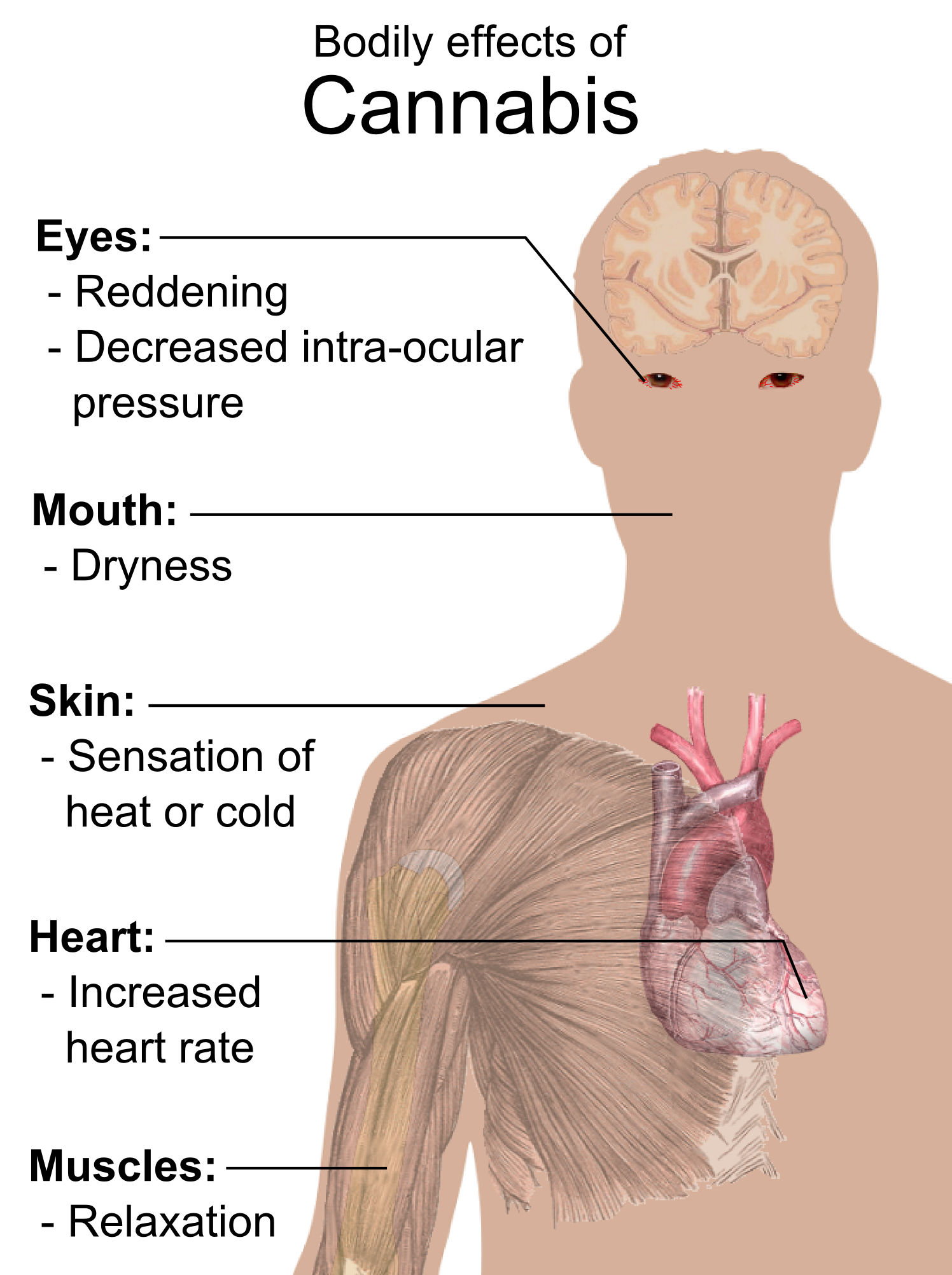
Magic Mushrooms
What is Psilocybin?
Psilocybin is the active ingredient in the psilocybe mexicana mushroom and some other mushrooms. Psilocybin and psilocin are chemically related to both LSD and DMT. It can be taken as a mushroom or in capsules containing white powder. What is sold as psilocybin usually turns out to be PCP or LSD
Effects on the Body
Short Term
The effects are felt after 30 minutes and last several hours. Sensation of relaxation or fatigue, separation from surroundings, heaviness or lightness, and hallucinations. Larger doses produce distortions, dizziness, abdominal pain, numbness of the mouth, nausea, shivering, panic attacks, and sweating.
Long Term
The effects can cause impairment functioning and poor performance on attention tests. At the same time, no long-term effects have been reported.
Tolerance and Dependence
After using psilocybin the user must abstain from it for several days to regain sensitivity. This tolerance crosses over to LSD and DMT. Chronic users may become psychologically dependant. Psilocybin is not known to cause physical dependence.
Methamphetamine

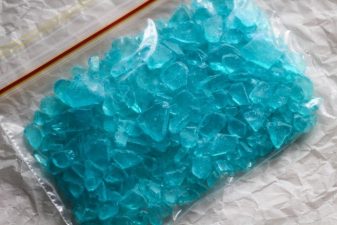
What Is It?
It is a powerful, addictive stimulant that affects the central nervous system. A synthetic drug, methamphetamine is related chemically to amphetamine. It is a white, odorless, bitter-tasting crystalline powder that easily dissolves in
water or alcohol.
However, pure methamphetamine (hydrochloride) in the smokable form of the drug is called “L.A.” because of its clear chunky crystals.
What Are Its Effects?
Methamphetamine affects the central nervous system. It is a neurotoxin that negatively affects both dopamine and serotonin-containing neurons in the brain. Users may suffer potential cardiac and neurological damage after prolonged use. At the onset, it increases heart rate and blood pressure, decreases appetite, increases respiration, hyperthermia, and creates a sense of euphoria.
Prolonged use can cause other, more severe, central nervous system disorders that include irritability, insomnia, confusion, tremors, anxiety, extreme anorexia, paranoia, aggressiveness and violent behavior, auditory and visual hallucinations, respiratory problems, irregular heartbeat, and convulsions. Ultimately, its use can cause stroke, cardiovascular collapse, and death.
How Is It Used?
Methamphetamine can be orally ingested, snorted, smoked, or injected. The drug alters mood in different ways, depending on how it is taken, immediately after injecting or smoking methamphetamine, the user experiences a “rush” or “flash” that lasts for a few minutes and is often described as extremely pleasurable.
This “rush” usually occurs within 5 to 10 seconds after dosing. Snorting or ingesting orally produces euphoria – a high, but not as intense as a “rush”. Snorting produces its effects within 3 to 5 minutes while ingesting usually takes about 15 to 20 minutes to feel the effects. The effects can often last 6 to 8 hours
Common Street Names
Meth; Speed; Crank; Ice; Crystal; Crystal Meth; Quartz; Chalk; Zip; Glass; Chicken Feed; Go-Fast; Cristy; Methless; Quick; Shabu; Stove Top; Biker’s Coffee; Vitamin C; CR Trash; Yellow Burn; Poor Man’s Cocaine
Prescription Drugs
- Significant increase in the past 10 years.
- Seven of the top 10 drugs being misused by high-school seniors are legal prescription or over-the-counter medications
Signs and symptoms of prescription drug abuse depend on the particular drug. The most commonly abused prescription drugs are:
- Opioid painkillers, such as oxycodone (OxyContin) and those containing hydrocodone (Vicodin)
- Sedatives and tranquilizers, such as diazepam (Valium) and lorazepam (Ativan)
- Stimulants, such as methylphenidate (Ritalin), that are used to treat attention-deficit/hyperactivity disorder (ADHD) and sleep
Other prescription drug abuse symptoms/dangers include:
- Stealing, forging, ‘losing’ or selling prescriptions. Seeking prescription from more than one doctor.
- Taking higher doses than prescribed
- Excessive mood swings
- Increase or decrease in sleep
- There are serious health risks related to the abuse of prescription drugs. A single large dose of prescription or over-the-counter painkillers or depressants can cause breathing difficulty that can lead to death. Stimulant abuse can lead to hostility or paranoia, or the potential for heart system failure or fatal seizures. Even in small doses, depressants and painkillers have subtle effects on motor skills, judgment, and ability to learn.
More info on Prescription Drugs can be found HERE
Rohypnol
Similar to Valium, but 10x stronger. Intensifies the effects of alcohol and other drugs.
Rohypnol has recently gained a reputation as the “date rape” drug. Rohypnol is also known as roofies, the forget pill or rope. The drug creates a sleepy, relaxed, and drunk feeling that lasts 2 – 8 hours. “Roofies” are often used in combination with alcohol and other drugs. When used in
combination with alcohol “roofies” produces disinhibition and amnesia.
Rohypnol has been misused. As a result, the drug cannot be purchased legally in Canada or United States.
How Can You Protect Yourself From Rohypnol?
Obviously, education is the most important tool for protecting yourself or someone you know from Rohypnol.
Known to cause temporary amnesia, muscle relaxation, sleep, and to impair motor skills.
When Rohypnol is added to alcohol it should leave a bitter taste, should turn a light-colored drink blue, and should leave small chunky pieces in your drink. Moreover, a typical Rohypnol victim will:
- Feel dizzy and disorientated about 10 minutes after ingesting the drug.
- The victim may experience difficulty speaking and moving and then pass out.
- A Rohypnol victim should not be left alone. A good friend should stay with the victim keeping a caring eye on him or her.
The drug can be detected up to 3 days after ingestion. The most important way to protect yourself is by following this basic rule: Never accept a drink from someone you don’t know, and never leave your drink unattended.
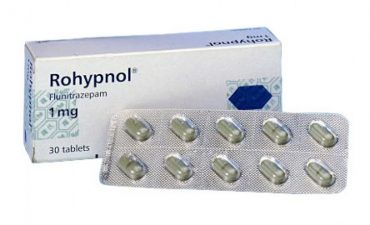
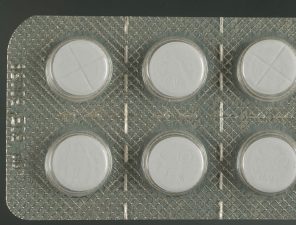
Steroids
What are they?
Anabolic steroids are testosterone or testosterone-like drugs which produce greater muscular bulk. They have been used as performance-enhancing and bodybuilding drugs by athletes since the late 1950s. However, steroid use is not limited to professional or top amateur athletes. Increasingly, high school students have reported using steroids to improve athletic ability and look better.
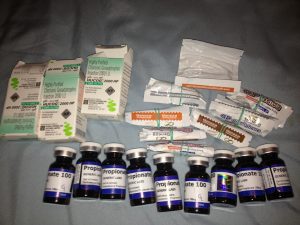
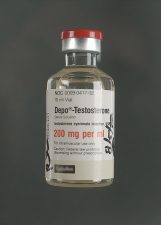
Roid Rage
Steroids can affect individuals in many ways. Changes in emotions are one way. In particular, it is thought steroid use creates fluctuations in a user’s emotional state. These changes include:
Aggression
Increased feelings of irritability and aggression keeping the user constantly “on the edge”. Thus generating strong feelings of anger or hostility.
Addiction & Dependence
Steroid users may experience withdrawal symptoms once they discontinue steroid use.
Depression
When a user discontinues steroid use body size decreases and self-esteem usually lowers. These changes produce a depressive state in the user.
Major Side Effects
The major side effects of steroid use include:
- Live tumors
- Jaundice
- Fluid retention
- High blood pressure
- Severe Acne
- Yellowing of skin and eyes
- Trembling
- Weakening of tendons
Other Side Effects – Males
- Testicular shrinkage
- Reduced sperm count
- Infertility
- Baldness
- Development of breasts
Other Side Effects – Females
- Facial hair
- Irregular menstrual cycle
- Enlargement of the clitoris
- Deepened voice
Tobacco
What is tobacco?
Tobacco smoke is made with thousands of dangerous components, the main ones being Nicotine, Tar, and Carbon Monoxide. Nicotine is the active ingredient in tobacco; tar causes cancers and bronchial disorders; and carbon monoxide is linked to heart disease. Smoking is especially harmful to teens because their bodies are still developing and changing, and the 4,000 chemicals (200 known poisons) in cigarettes can greatly affect this process. Cigarettes are also very addictive, both psychologically and physically, and can be a major gateway to other forms of drug use.
Short Term
Weight loss, tooth decay, loss of breath, discolored teeth, increased blood pressure, increased heart rate, increased stress levels, constricted blood vessels.
Long Term
Increased risk for lung cancer and other cancers, increased risk for heart attacks and heart disease, impaired sense of smell, decreased physical stamina, wrinkled skin, and increased risk for lung disease.
Teens, including addicted smokers, quit smoking only when they want to do so. You can show you care and ask them how you can help. Most smokers don’t know how you can help, and will often ask to be left alone. Expressing concern and offering support can provide smokers with the determination to quit. For some smokers, nicotine gum or the patch can help fight the habit and is a good start to quit.

